Having a Good Plan is the Best Way to Avoid Mistakes
The importance of planning became evident this morning while working on a project at home. I mis-figured and cut two boards the wrong length. Fortunately, the cut was too long rather than too short. The boards were salvageable, it just wasted a couple of 3” pieces.

My wife had been wanting some chickens and the opportunity came up a few weeks back. My sister had more chickens than she needed as well as a small (3’ x 6’) chicken pen/coop that she didn’t need.
The goal or purpose of chickens is to have fresh eggs as well as reducing bugs. (Also, my wife loves hearing a rooster crow.) We can’t let the chickens out because the dog and them wouldn’t get along. If we leave them in one location for more than a few days, there won’t be any grass left in that spot.
It’s up to me to find a solution…
The best solution is a mobile pen that can moved around, otherwise known as a “chicken tractor”. The difference between our pen and a “chicken tractor” is the ease of portability. Our pen needs some wheels.
My problem solving/builder brain kicked in.
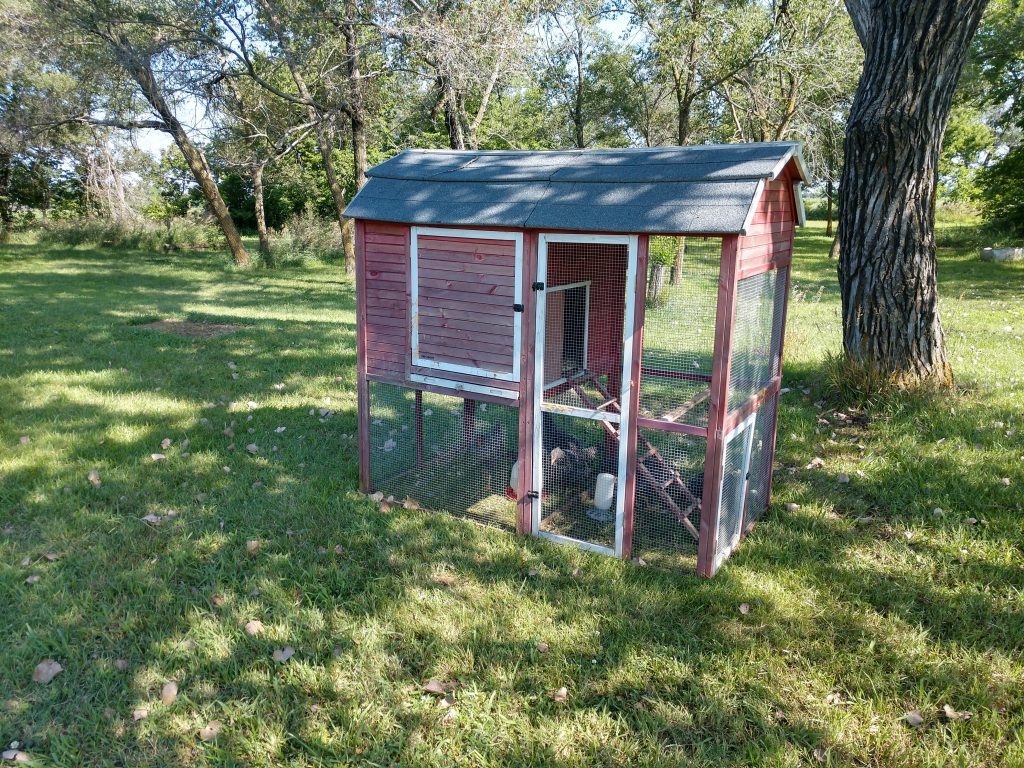
The pen is two separate units attached together which allows it to flex in the middle when moved. The more flexing done when moved, the weaker the attachment of the two sections will get. Okay, this means we need a frame that will prevent this from happening.
The next thing is wheels. We need to keep the pen down tight to the ground so that snakes can’t get in and get the eggs but make it so it can be rolled when it needs moved. They need to be able to be raised and lowered.
Back to the plan and minimizing mistakes.
An important part of a plan is knowing the cost upfront. Most ready to go chicken tractors of a comparable size are between $350 to $500. So, one question a plan can provide, “Can I modify the one we have so that it will do what we need for less money?”
I found a 2x4x16’ rough cedar board in the shop, left over from a project, that will work for the frame. I’ve got an old push lawn mower that doesn’t work… it has adjustable wheels. I think those will work. I have plenty of screws, etc. for fastening. So…zero cost for material.

Now comes the design and engineering phase.
I neglected to put any of my ideas into a drawing and this is where the mistake that I spoke about earlier happened. It was a simple mistake. One that was easily fixed but could have been avoided with a simple drawing. It was a miscalculation and dimensions on a plan would have shown this.
It doesn’t matter whether you’re modifying a chicken pen or building a multi-million-dollar building, both turn out better with a plan. The same is true for your life. The end result will be better having a plan and being intentional about implementing it.
The two boards that I cut too long because I didn’t have a plan on this little project was an easy fix. A new home or your life might not be so easy or inexpensive.
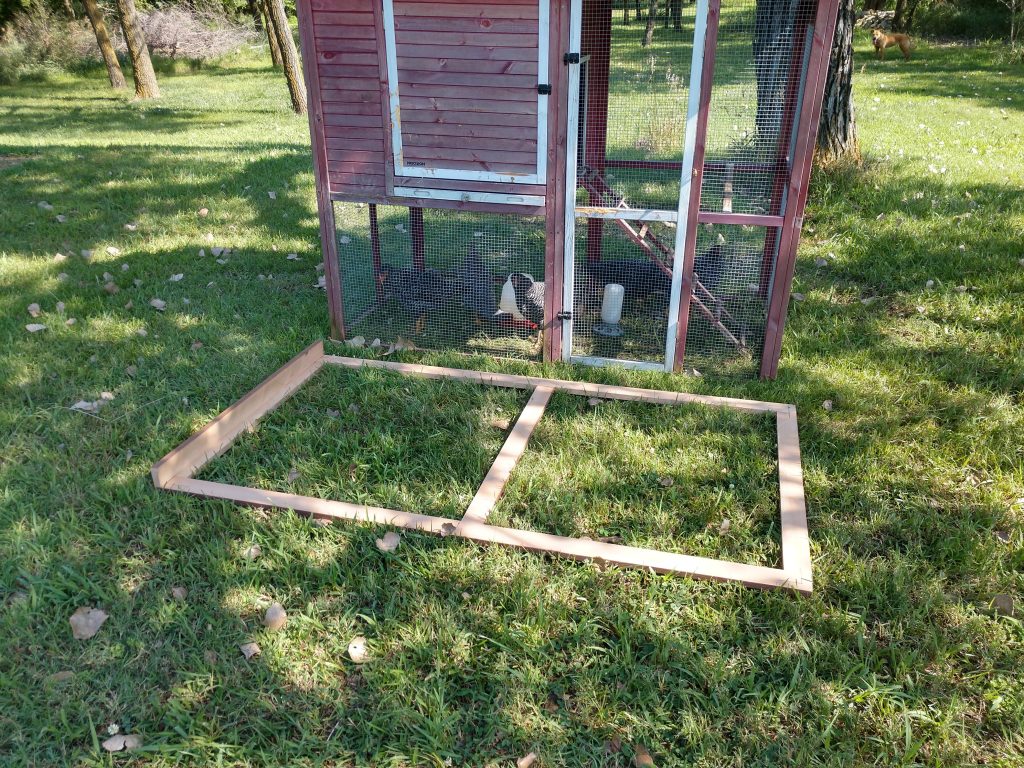
I will let you know how the finished project turns out!




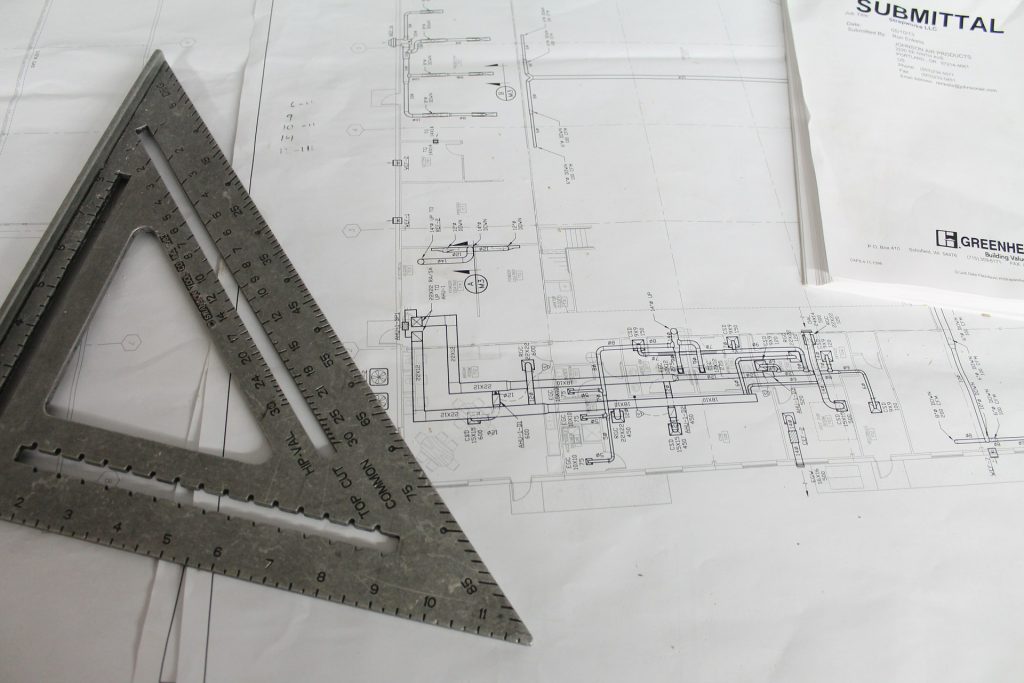




 Look at the negative, comedic way New Year’s resolutions are viewed. This is a good example of how the lack of intentionality is misleading. When we get caught up in the rhetoric we will just float through life without a plan. If we don’t bother to dig down and build our lives on a solid foundation, we will be blown in whatever direction the wind blows us.
Look at the negative, comedic way New Year’s resolutions are viewed. This is a good example of how the lack of intentionality is misleading. When we get caught up in the rhetoric we will just float through life without a plan. If we don’t bother to dig down and build our lives on a solid foundation, we will be blown in whatever direction the wind blows us.
 It’s also important to remember that if we always set our goals small, we will never grow. We need to be growing and learning all the time.
It’s also important to remember that if we always set our goals small, we will never grow. We need to be growing and learning all the time. 

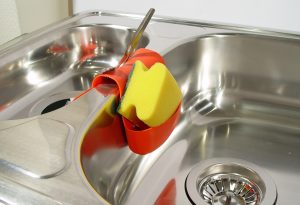 Clean garbage disposals – Put a little vinegar in an ice cube tray, add some water and freeze, then run some cubes through the disposal. Follow up with a little baking soda and warm water. The ice cubes will sharpen the blades, the vinegar and baking soda will break down food and grease build up and will leave it smelling fresh and clean.
Clean garbage disposals – Put a little vinegar in an ice cube tray, add some water and freeze, then run some cubes through the disposal. Follow up with a little baking soda and warm water. The ice cubes will sharpen the blades, the vinegar and baking soda will break down food and grease build up and will leave it smelling fresh and clean. Clean faucet aerators and shower heads – Dirty aerators on the end of your faucets and in shower heads can mean limescale and sediment are blocking the flow and water pressure. Unscrew the aerators and shower heads, remove the aerator and/or screen, soak them in a 50/50 vinegar/water mixture for 30 minutes or until clean, rinse and reinstall. Be careful to pay attention to the order and direction the parts come apart so that you can put them back together correctly.
Clean faucet aerators and shower heads – Dirty aerators on the end of your faucets and in shower heads can mean limescale and sediment are blocking the flow and water pressure. Unscrew the aerators and shower heads, remove the aerator and/or screen, soak them in a 50/50 vinegar/water mixture for 30 minutes or until clean, rinse and reinstall. Be careful to pay attention to the order and direction the parts come apart so that you can put them back together correctly. Lubricate and test overhead garage door – Garage doors have moving parts that should be lubricated. With the door closed clean dirt and debris from the track. Use a lithium-based aerosol and spray rollers, bearings and other moving parts of the door and opener (chain or threaded rod). Your garage door should have stop and auto reverse motion detection to sense if an object is in its path. Get a 2×4 piece of wood and place it underneath the open door, then close the door using the opener button. The door should stop closing once it detects the wood and go back up. Also test the photo-electric sensors by moving something in front of them while the door is coming down, it should reverse direction and go back up.
Lubricate and test overhead garage door – Garage doors have moving parts that should be lubricated. With the door closed clean dirt and debris from the track. Use a lithium-based aerosol and spray rollers, bearings and other moving parts of the door and opener (chain or threaded rod). Your garage door should have stop and auto reverse motion detection to sense if an object is in its path. Get a 2×4 piece of wood and place it underneath the open door, then close the door using the opener button. The door should stop closing once it detects the wood and go back up. Also test the photo-electric sensors by moving something in front of them while the door is coming down, it should reverse direction and go back up.
 The complete list can certainly seem overwhelming. This is a big part of why routine maintenance gets overlooked. If you break it down into the individual tasks, spread them out and schedule them, it’s doable, like eating an elephant one bite at a time.
The complete list can certainly seem overwhelming. This is a big part of why routine maintenance gets overlooked. If you break it down into the individual tasks, spread them out and schedule them, it’s doable, like eating an elephant one bite at a time.

 With everything else going on in life, how can we remember one more thing? We don’t have to if we have a scheduled plan. First you need to decide if home maintenance is important enough for you to bother with. If it doesn’t bother you when you’re forced to deal with a big problem, then don’t worry about it. You’ll know the sump pump has quit working when you replace the carpet, baseboard and lower portion of the sheetrock in your basement.
With everything else going on in life, how can we remember one more thing? We don’t have to if we have a scheduled plan. First you need to decide if home maintenance is important enough for you to bother with. If it doesn’t bother you when you’re forced to deal with a big problem, then don’t worry about it. You’ll know the sump pump has quit working when you replace the carpet, baseboard and lower portion of the sheetrock in your basement.



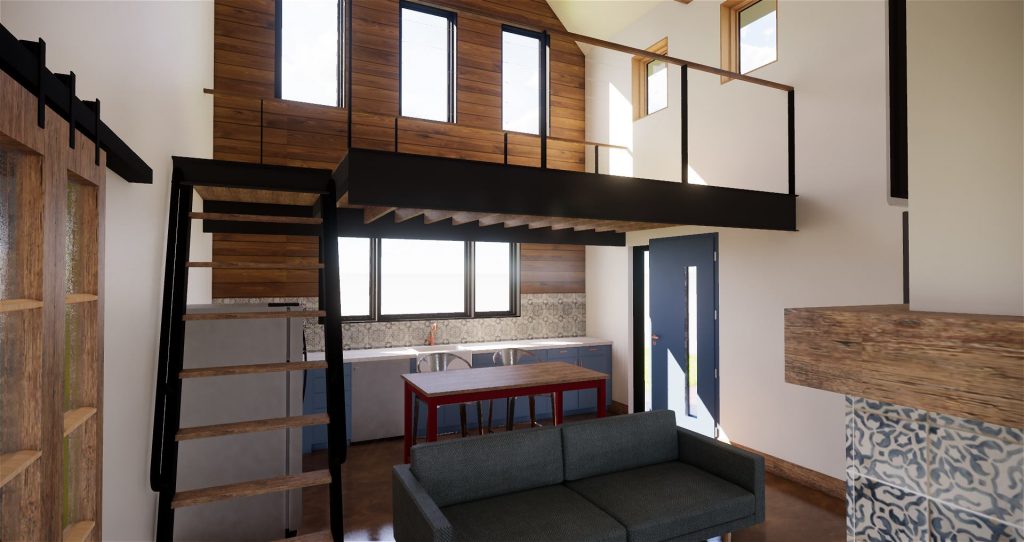









 There is a lot that goes into building something. I have written about how building and operating a business can be like standing in the shadow of an overwhelming mountain and the importance of having a
There is a lot that goes into building something. I have written about how building and operating a business can be like standing in the shadow of an overwhelming mountain and the importance of having a 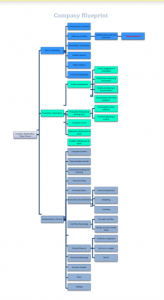
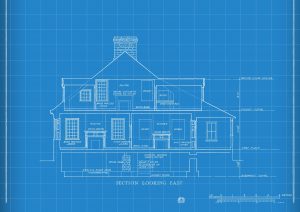

 importance of being intentional about the plan.
importance of being intentional about the plan. Think of your life or business as a construction project. It all begins with a dream. You can see the vision of the completed project in your mind. The tricky part is getting that dream out of your head and making it a reality? Having it drawn out will let you see if it looks like your dream or not. It’s better and easier to make changes and corrections during the planning, rather than the construction. It improves the clarity of communication between all parties involved.
Think of your life or business as a construction project. It all begins with a dream. You can see the vision of the completed project in your mind. The tricky part is getting that dream out of your head and making it a reality? Having it drawn out will let you see if it looks like your dream or not. It’s better and easier to make changes and corrections during the planning, rather than the construction. It improves the clarity of communication between all parties involved.